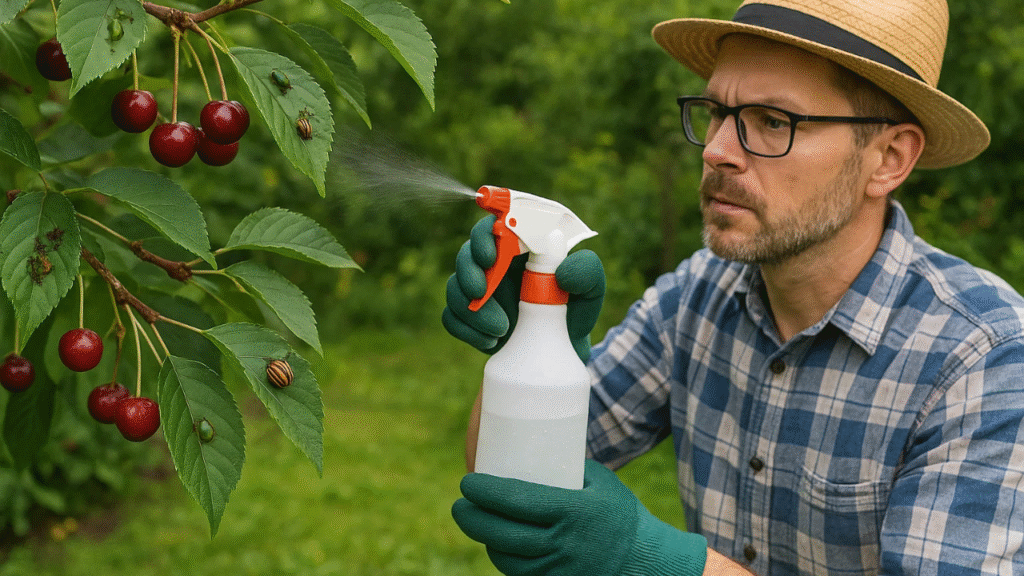
How to Protect Your Cherry Tree from Aphids and Other Insects: Effective Tips for Healthy Trees
Cherry trees are a beautiful addition to any garden, offering not only stunning blossoms but also delicious fruit. However, as much as we love these trees, they are often targeted by pests, especially aphids and other insects, which can quickly damage your tree’s health. 🌳🦠 If you’ve ever wondered how to protect your cherry tree from aphids and other insects, you’re not alone! These tiny invaders can cause major harm if left unchecked, affecting both the tree’s growth and its fruit production. But don’t worry—there are plenty of simple, effective steps you can take to keep your cherry tree healthy and pest-free. Let’s dive into the best strategies to safeguard your tree from these common garden threats!
Table of Contents
Toggle🌱🐞 Understanding Aphids and Other Common Insects on Cherry Trees 🐞🌱
To protect your cherry tree, it’s important to know the pests that may harm it. Here’s a breakdown of the most common insect troublemakers:
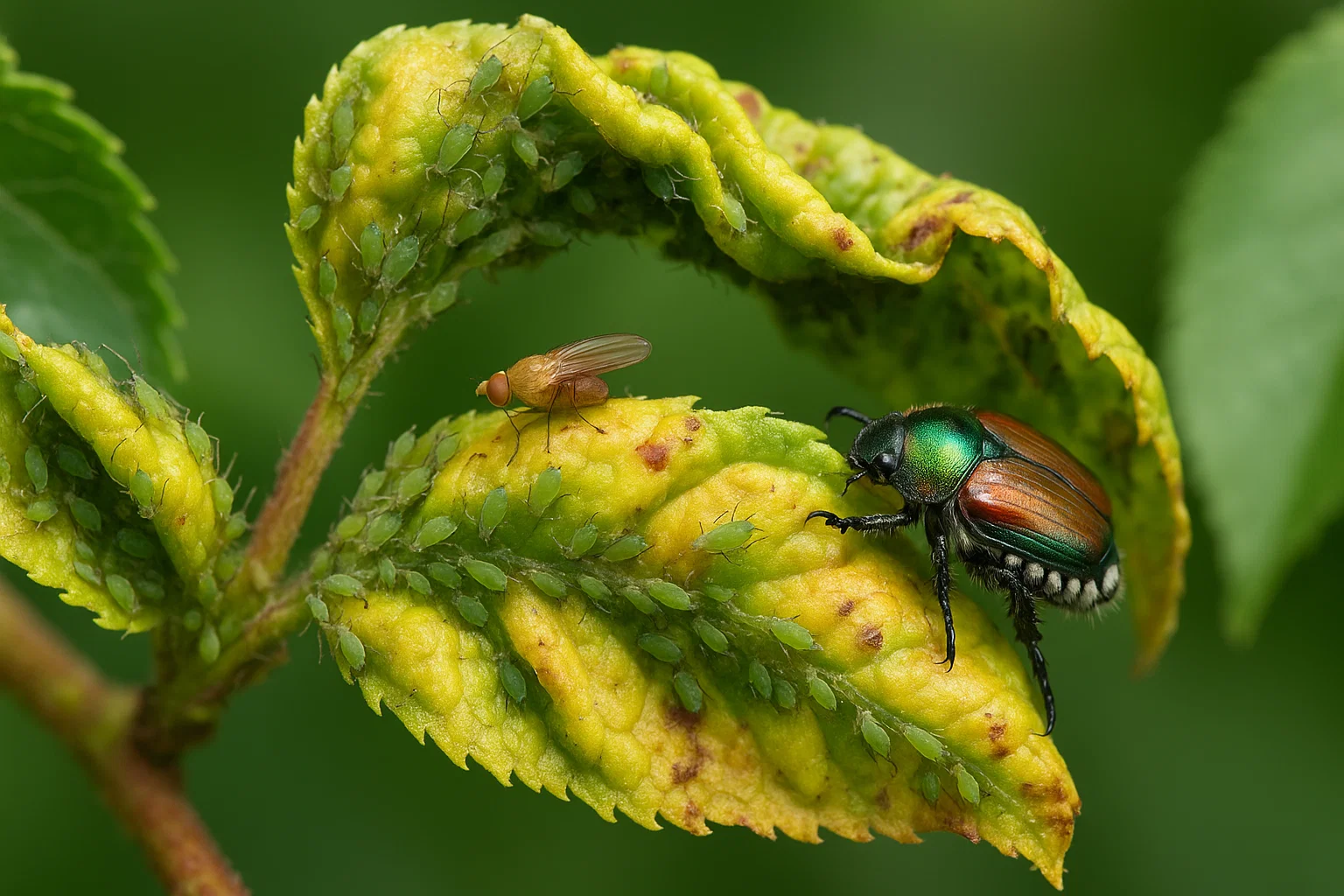
🦗 Aphids 🦗
Aphids are small, soft-bodied insects that feed on the sap of your cherry tree. They suck out nutrients, weakening the tree and causing leaves to curl and yellow. Aphids also produce a sticky substance called honeydew, which can attract mold and other pests.
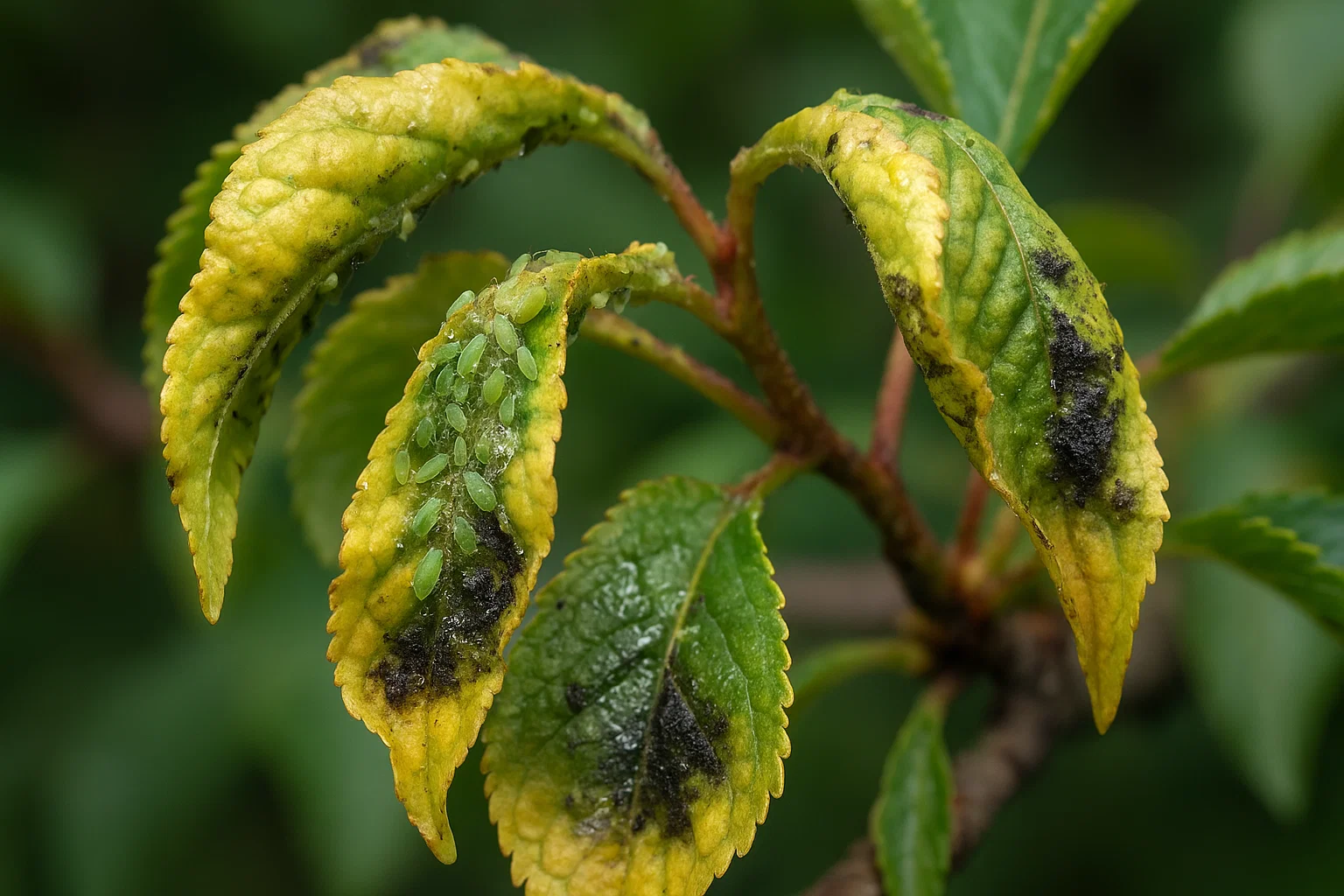
🍒🪰 Cherry Fruit Flies 🍒🪰
These tiny flies lay eggs in the fruit, leading to larvae that tunnel through your cherries. This results in damaged, rotten fruit that can fall prematurely.
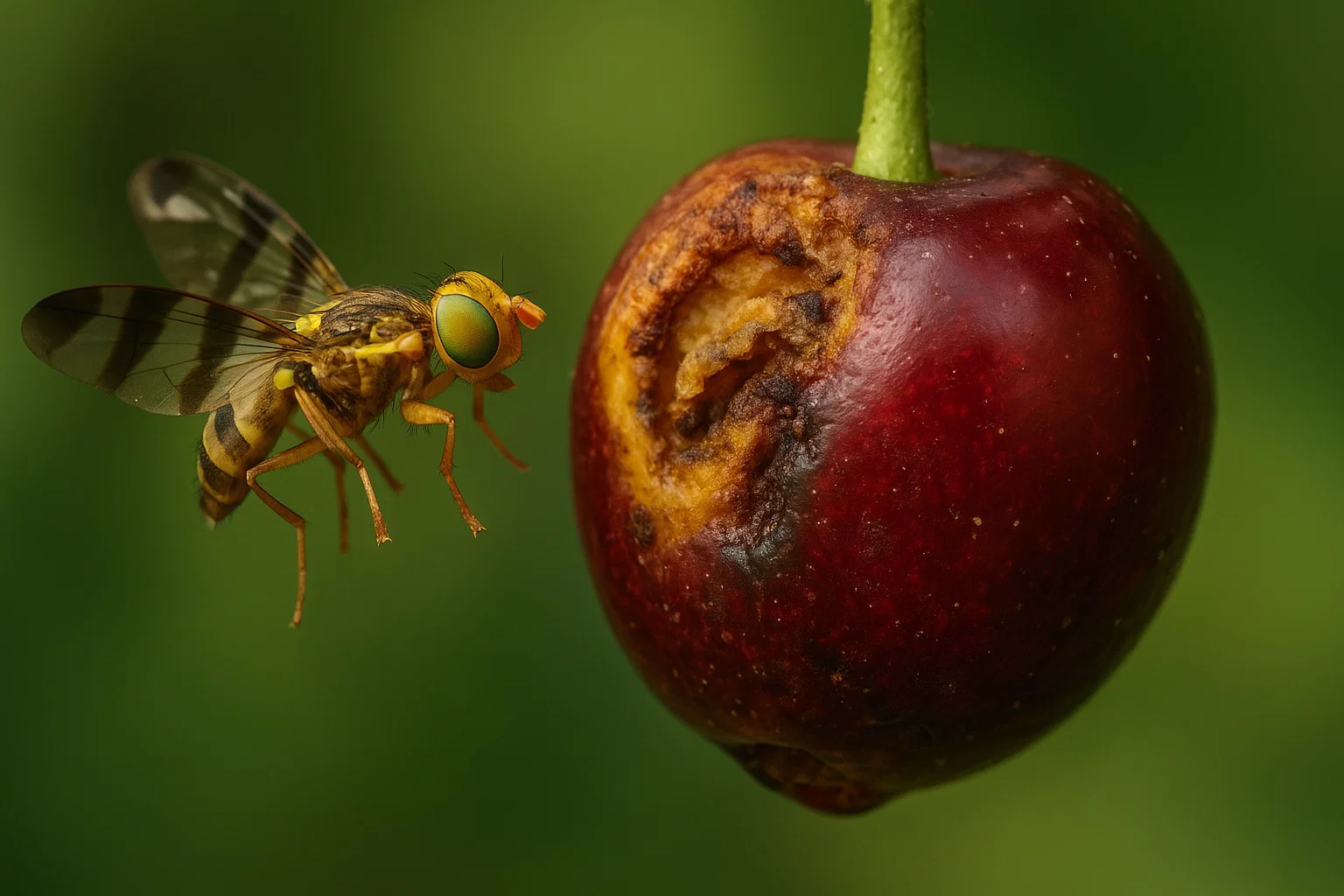
🕷️ Spider Mites 🕷️
Spider mites are tiny but mighty! These pests suck out cell sap, causing yellow speckles on leaves. Heavy infestations may lead to leaf drop and stunt tree growth.
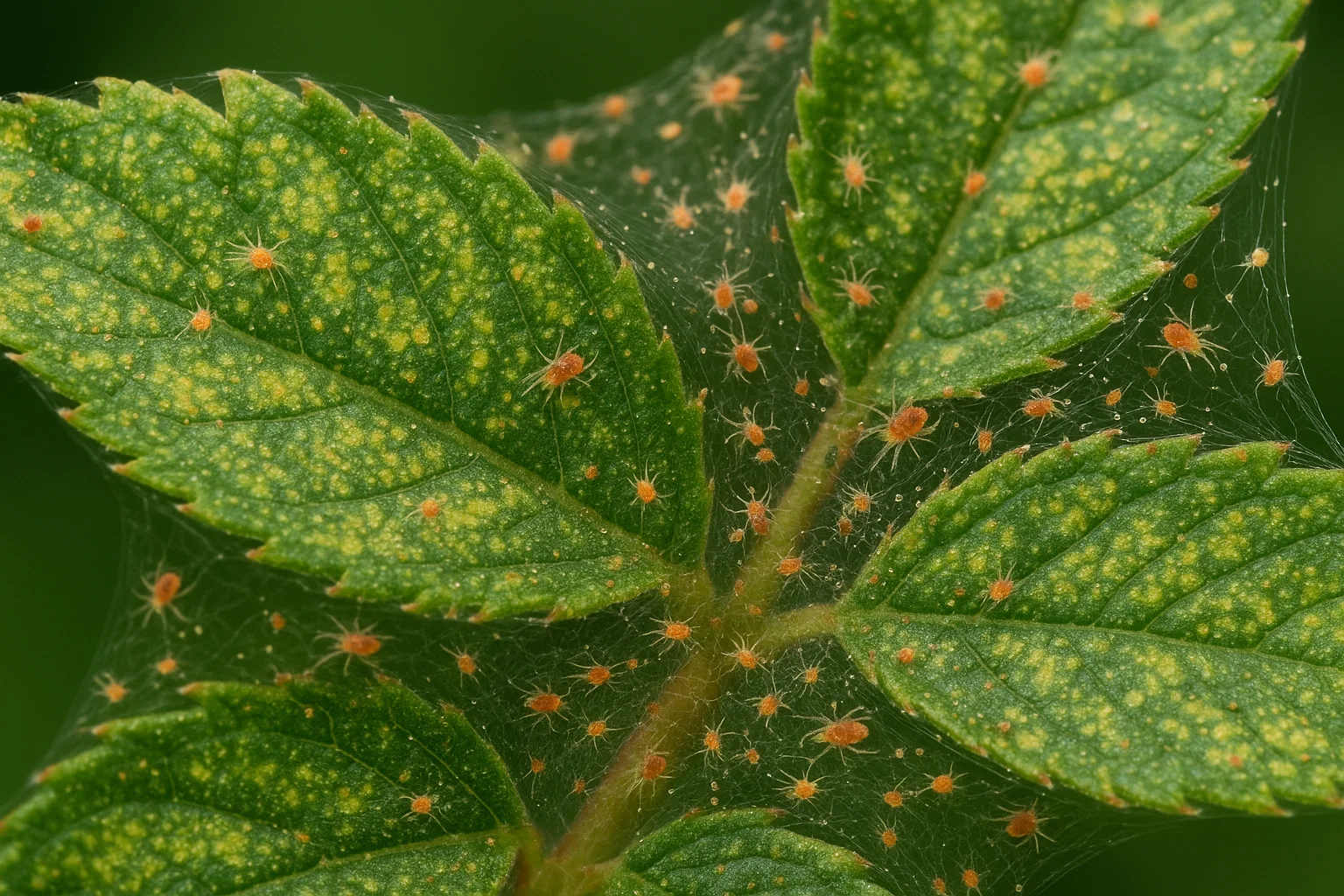
🪲 Japanese Beetles 🪲
Known for their shiny green bodies, Japanese beetles chew on cherry tree leaves, leaving behind skeletonized foliage. They can quickly defoliate a tree if left unchecked.
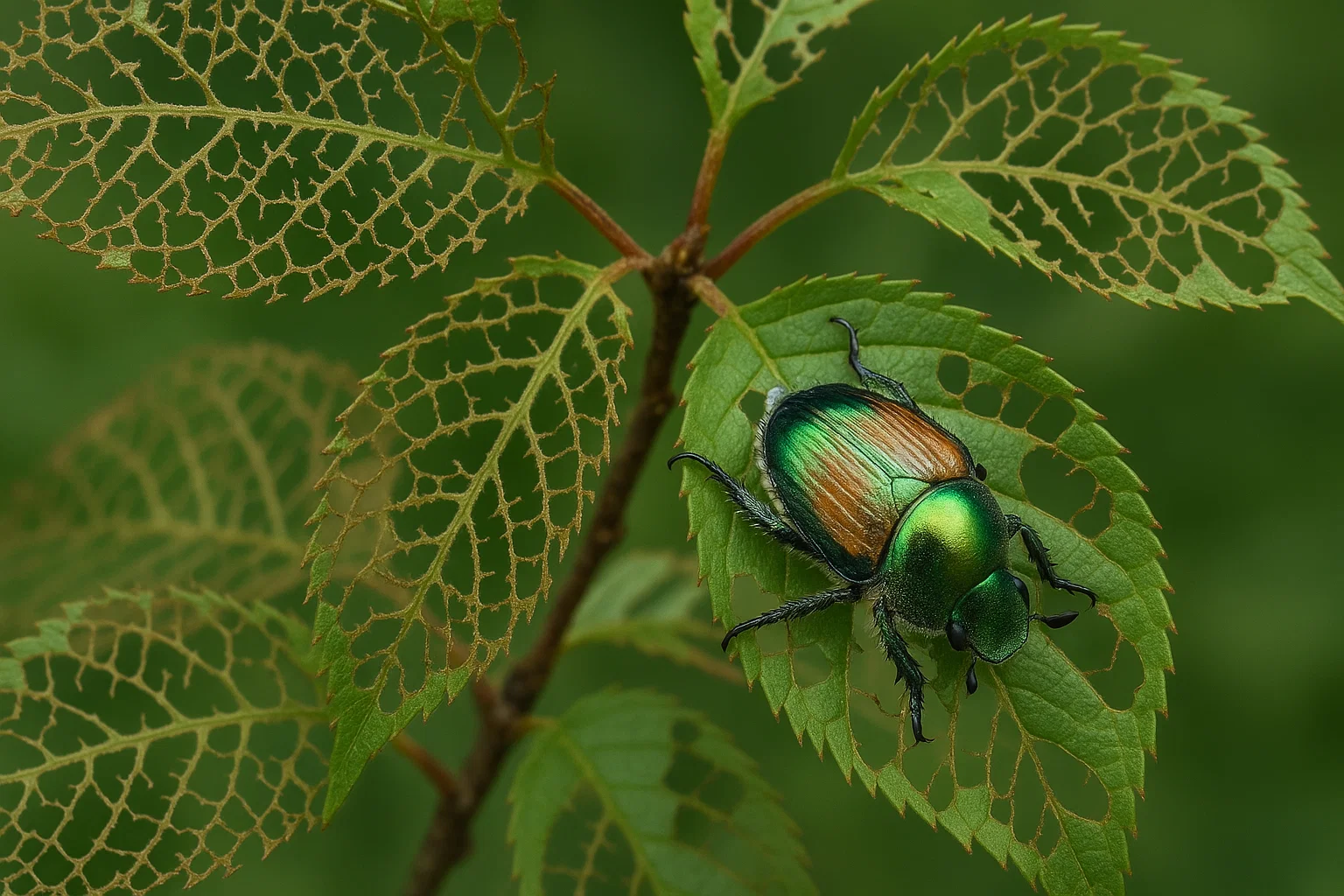
🐛 Scale Insects 🐛
These pests appear as small, round bumps on branches and leaves. They suck sap, causing branches to weaken and even die off over time.
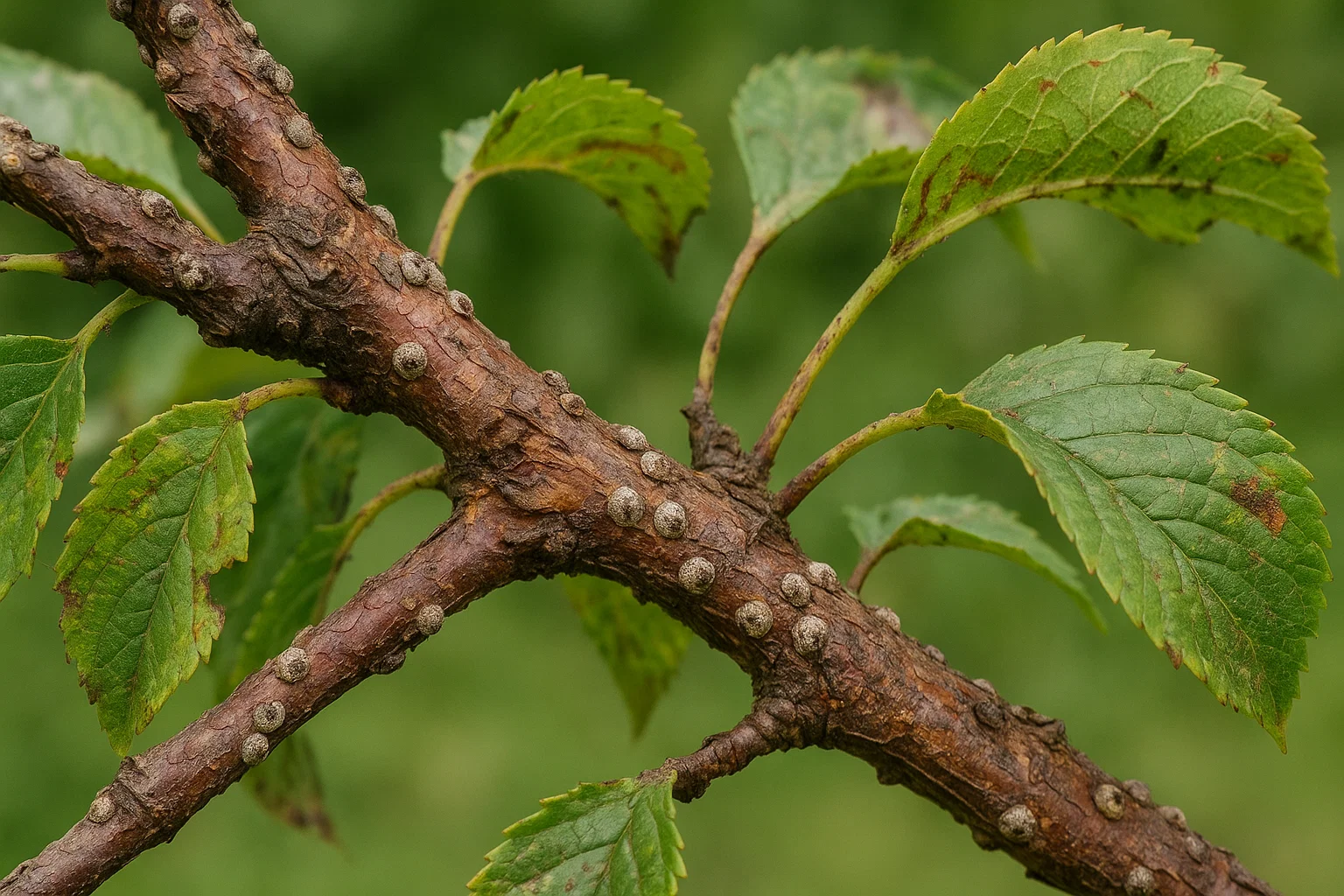
🔍 Signs of Infestation 🔍
Look out for these warning signs of pest trouble:
- Yellowing or curled leaves 🍃
- Sticky residue on leaves (honeydew) 🍯
- Visible insects or webs 🕸️
- Premature fruit drop 🍒
By recognizing these pests early, you can act fast to protect your cherry tree! 🌳💪
🌿🦠 Why Insect Control is Important for Cherry Trees 🦠🌿
Insect control is a vital part of maintaining a healthy cherry tree. Here’s why it matters:
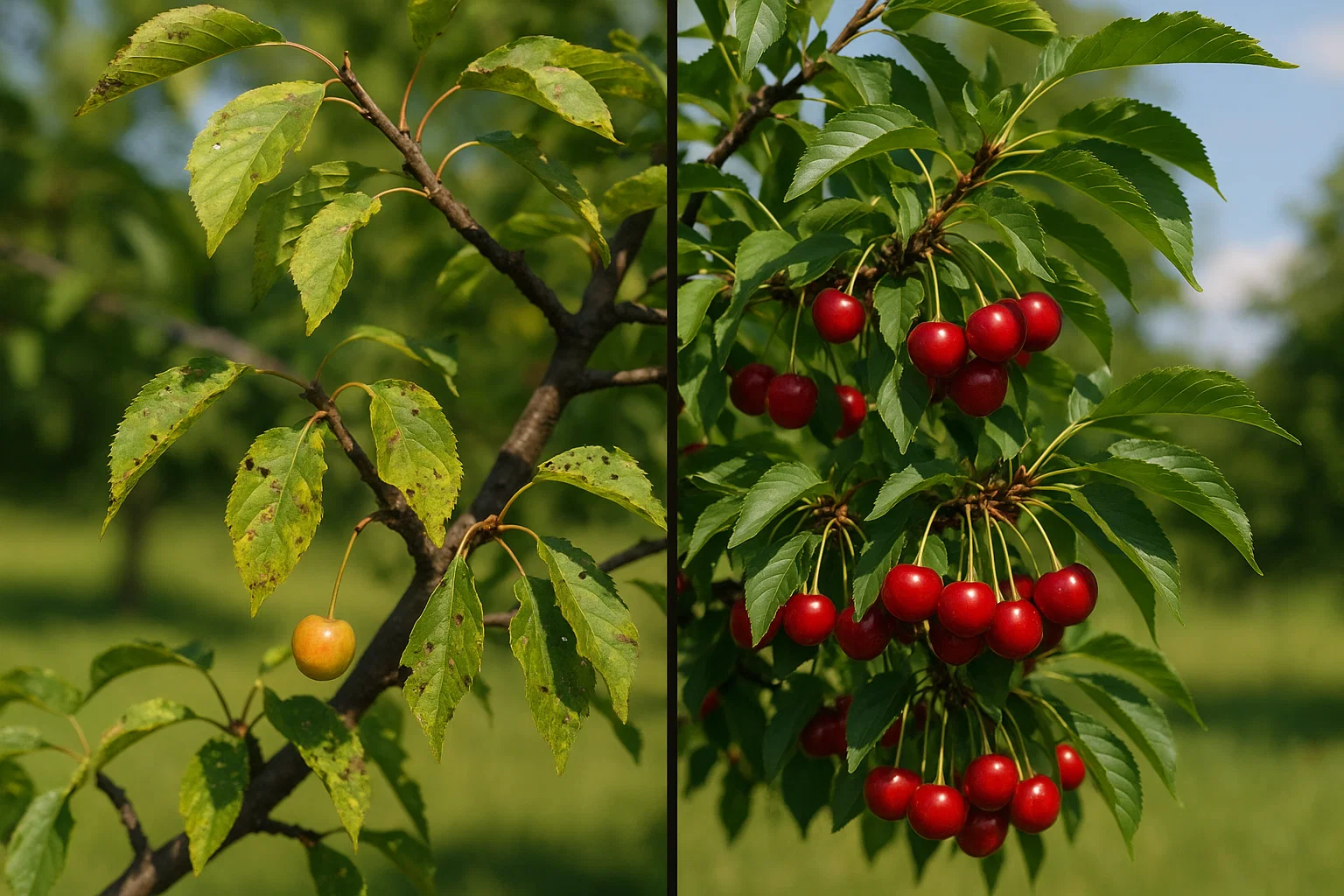
1. Preventing Tree Damage 🌳
Insects such as aphids, spider mites, and Japanese beetles can cause significant damage to your cherry tree. Aphids weaken the tree by sucking out sap, while beetles chew on leaves, leaving them skeletonized. Over time, this damage can stunt the tree’s growth and make it more susceptible to disease. A weakened tree is less likely to thrive, even in the best conditions.
🍒 2. Safeguarding Fruit Production 🍒
Many pests, like cherry fruit flies, target your fruit. These flies lay eggs inside cherries, and their larvae feed on the fruit, leaving it damaged and inedible. If left uncontrolled, insect damage can lead to a poor harvest, or no fruit at all! Healthy, pest-free trees are more likely to produce high-quality fruit for you to enjoy.
3. Reducing the Risk of Disease 🌱
Pests not only cause direct damage but can also introduce diseases. Aphids, for example, can spread viruses that harm your tree. By controlling insects early, you’re also preventing the spread of these harmful pathogens.
4. Long-Term Tree Health 🌳💪
Insects left unchecked can cause long-term harm to your tree, potentially leading to premature decline or even death. Regular pest management ensures your tree remains strong and productive for years to come.
By controlling insects effectively, you’re helping your cherry tree stay healthy, vibrant, and fruitful! 🌳💚
🌱🦠 Preventive Measures to Keep Pests at Bay 🦠🌱
Taking proactive steps can help prevent pests from invading your cherry tree. Here’s how you can keep them at bay:
🌳 1. Choose Pest-Resistant Varieties 🌳
Some cherry tree varieties are naturally more resistant to pests like aphids and beetles. When selecting a tree, look for varieties known for pest resistance, which can make pest control easier in the long run.
💧🌿 2. Maintain Tree Health 🌿💧
A healthy tree is a strong tree! Proper care, including regular watering, fertilizing, and pruning, ensures your cherry tree is less susceptible to pests. Healthy trees are naturally more resilient and better able to fight off infestations.
🌸🦋 3. Create a Pest-Repellent Environment 🦋🌸
Planting pest-repellent plants like garlic, marigolds, or lavender around your cherry tree can naturally deter harmful insects. These plants act as a natural barrier, protecting your tree from pests while beautifying your garden.
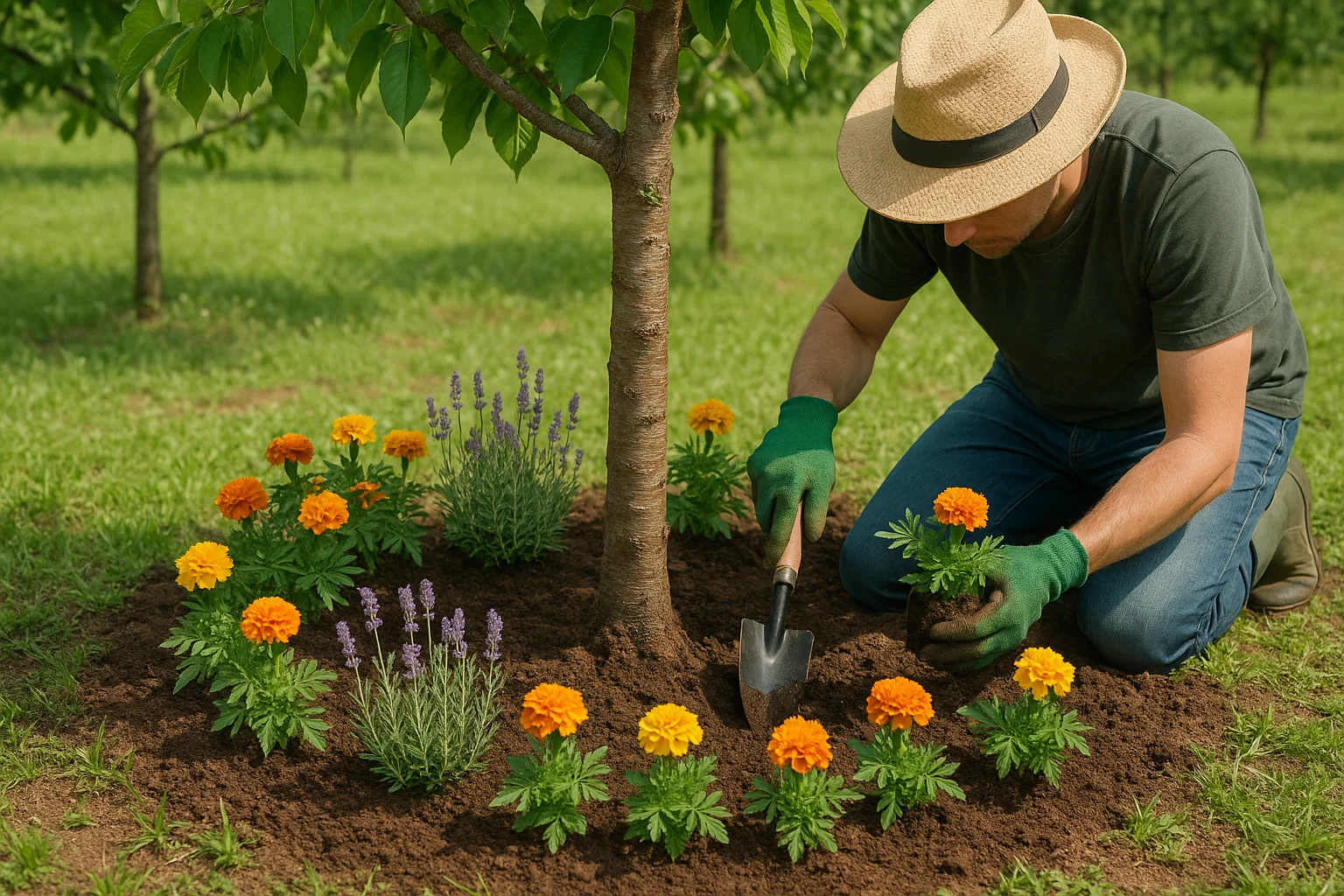
🐞🐝 4. Encourage Beneficial Insects 🐝🐞
Invite helpful insects like ladybugs, lacewings, and predatory beetles into your garden. These beneficial bugs will prey on aphids, mites, and other pests, keeping their populations under control.
🧹 5. Regularly Clean Around Your Tree 🧹
Keep the area around your cherry tree clean by removing fallen leaves, fruits, and debris. This reduces hiding spots for pests and prevents them from laying eggs near your tree.
By taking these preventive measures, you’ll help protect your cherry tree from pests and ensure it remains healthy and productive throughout the seasons. 🌳💚
🌿🦠 Natural and Organic Pest Control Methods 🦠🌿
If you prefer to protect your cherry tree without using harsh chemicals, there are plenty of natural and organic solutions that can effectively keep pests at bay. Here are some eco-friendly options:
🧴 1. Insecticidal Soap 🧴
Insecticidal soap is a safe, natural pesticide that targets soft-bodied insects like aphids and spider mites. Simply spray it directly on the affected areas of your tree. It’s gentle on plants and doesn’t harm beneficial insects like bees and ladybugs.
🌱 2. Neem Oil 🌱
Neem oil is an excellent organic pesticide that works on a variety of pests, including aphids, beetles, and scale insects. It disrupts the pests’ life cycle, preventing them from feeding or reproducing. Mix neem oil with water and spray it on the leaves and branches of your cherry tree for effective pest control.
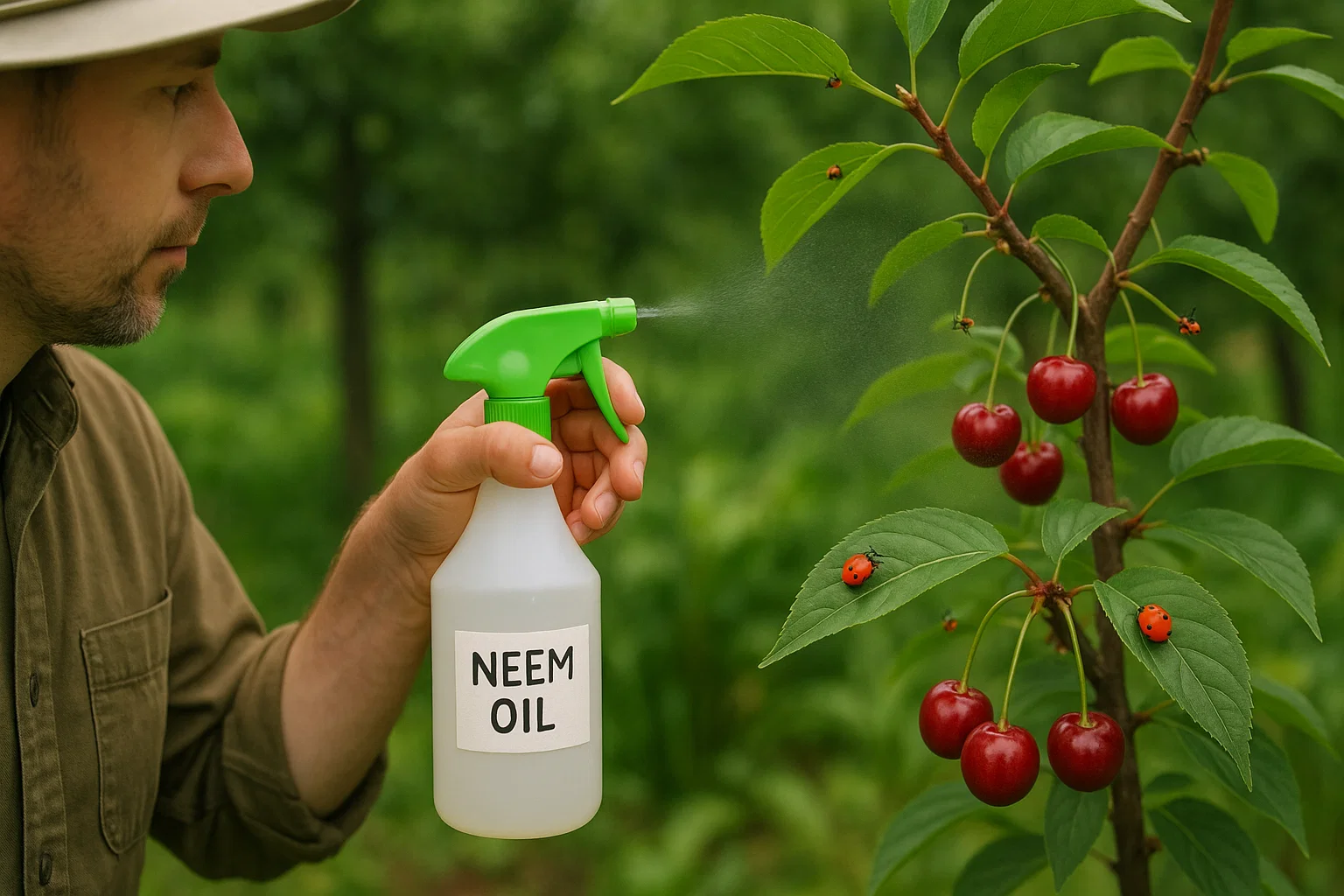
🧄🌶️ 3. Garlic or Pepper Spray 🌶️🧄
A DIY garlic or hot pepper spray is a great way to repel pests naturally. Blend garlic or hot peppers with water and strain the mixture. Then, spray it on your tree. The strong smell and taste will discourage insects from feeding on your cherry tree.
🐞🦗 4. Beneficial Insects 🦗🐞
Ladybugs, lacewings, and predatory beetles are all beneficial insects that can help control aphids and other harmful pests. You can buy them online or at garden centers and release them around your cherry tree. These natural predators will keep pest populations under control.
🌾 5. Diatomaceous Earth 🌾
Diatomaceous earth is a natural powder made from fossilized algae. It’s non-toxic to humans and pets but deadly to insects. Sprinkle it around the base of your cherry tree or on the leaves. It works by damaging the exoskeletons of insects, causing them to dry out and die.
These organic methods are not only safe for your tree but also friendly to the environment, ensuring that you can protect your cherry tree in a sustainable way! Understanding how to protect your cherry tree from aphids and other insects through eco-friendly practices helps maintain a balanced garden ecosystem. 🌿💚
⚠️🧴 Chemical Solutions for Severe Infestations 🧴⚠️
While natural methods work for most pest problems, there may be times when chemical solutions are necessary, especially for severe infestations. Here’s what you need to know about using chemicals safely and effectively:
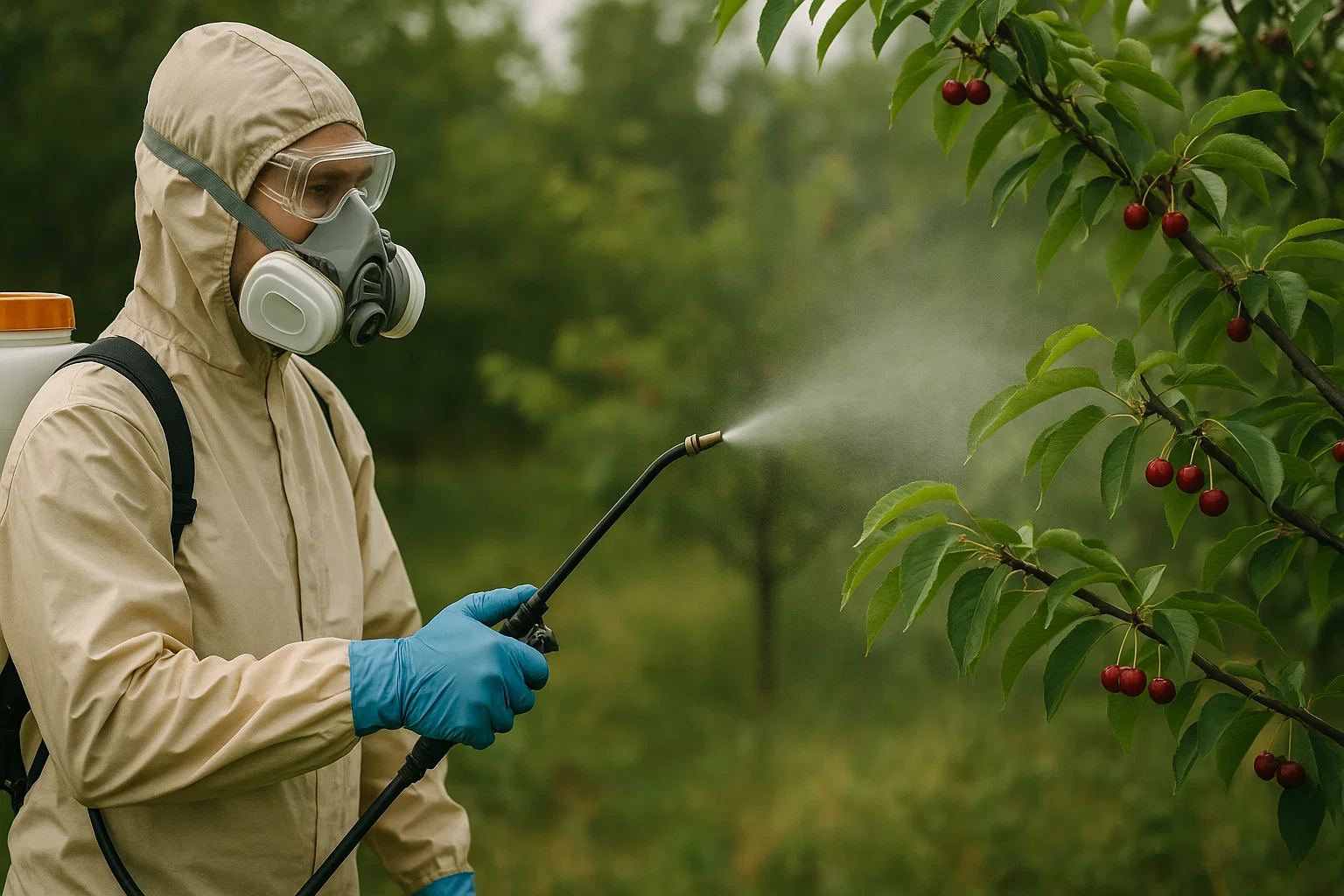
1. When to Consider Chemical Pesticides ⚠️
Chemical pesticides should be a last resort when organic methods aren’t enough to control a serious pest outbreak. If you notice significant damage to your tree, such as large sections of leaves missing or the fruit being damaged, it may be time to act with a chemical solution.
🏷️ 2. Choosing the Right Pesticide 🏷️
When selecting a pesticide, look for one specifically formulated for fruit trees. Make sure it targets the pests you are dealing with, such as aphids, beetles, or spider mites. Always choose a pesticide that is labeled as safe for use on cherry trees. 🍒
3. Systemic vs. Contact Pesticides 🧴
- Systemic Pesticides: These are absorbed by the tree and spread through the sap, killing pests that feed on the tree. They are effective for pests that are hard to reach, like aphids.
- Contact Pesticides: These kill pests on contact but don’t affect insects that aren’t directly sprayed. They’re effective for pests like Japanese beetles that are visible on the tree’s surface.
4. Applying Pesticides Safely 💧
Always follow the instructions on the pesticide label carefully, including the recommended application times (early morning or late evening is best to avoid harming pollinators).
- Wear protective gear like gloves and a mask to avoid exposure to chemicals.
- Apply the pesticide only to the affected areas of the tree and avoid overspraying, especially on flowers or fruit.
🌍 5. Safety and Environmental Considerations 🌍
Chemical pesticides can harm beneficial insects, wildlife, and the environment if not used properly. To minimize these risks:
- Avoid spraying when the tree is in bloom to protect pollinators.
- Opt for low-toxicity pesticides when possible to limit damage to the ecosystem. 🌿
- Keep pets and children away from treated areas until the pesticide has dried and is safe.
While chemical solutions can be effective, using them responsibly is key to maintaining the overall health of your cherry tree and the surrounding environment. Knowing how to protect your cherry tree from aphids and other insects includes choosing safer treatments that minimize harm to beneficial insects and the ecosystem. 🌿
✂️👀 Pruning and Monitoring Your Cherry Tree 👀✂️
Regular pruning and monitoring are essential practices to keep your cherry tree healthy and free from pests. Here’s how to do it effectively:
✂️🌳 1. Pruning for Pest Prevention 🌳✂️
Pruning is an important step in maintaining the overall health of your cherry tree. It not only helps shape the tree but also prevents pest problems by:
- Improving Airflow: Proper pruning allows air to circulate through the branches, reducing humidity where pests like aphids and spider mites thrive.
- Removing Dead or Infected Branches: Cutting away damaged or diseased branches prevents pests from taking shelter and helps keep the tree strong.
- Encouraging Healthy Growth: Regular pruning stimulates new growth and encourages better fruit production.
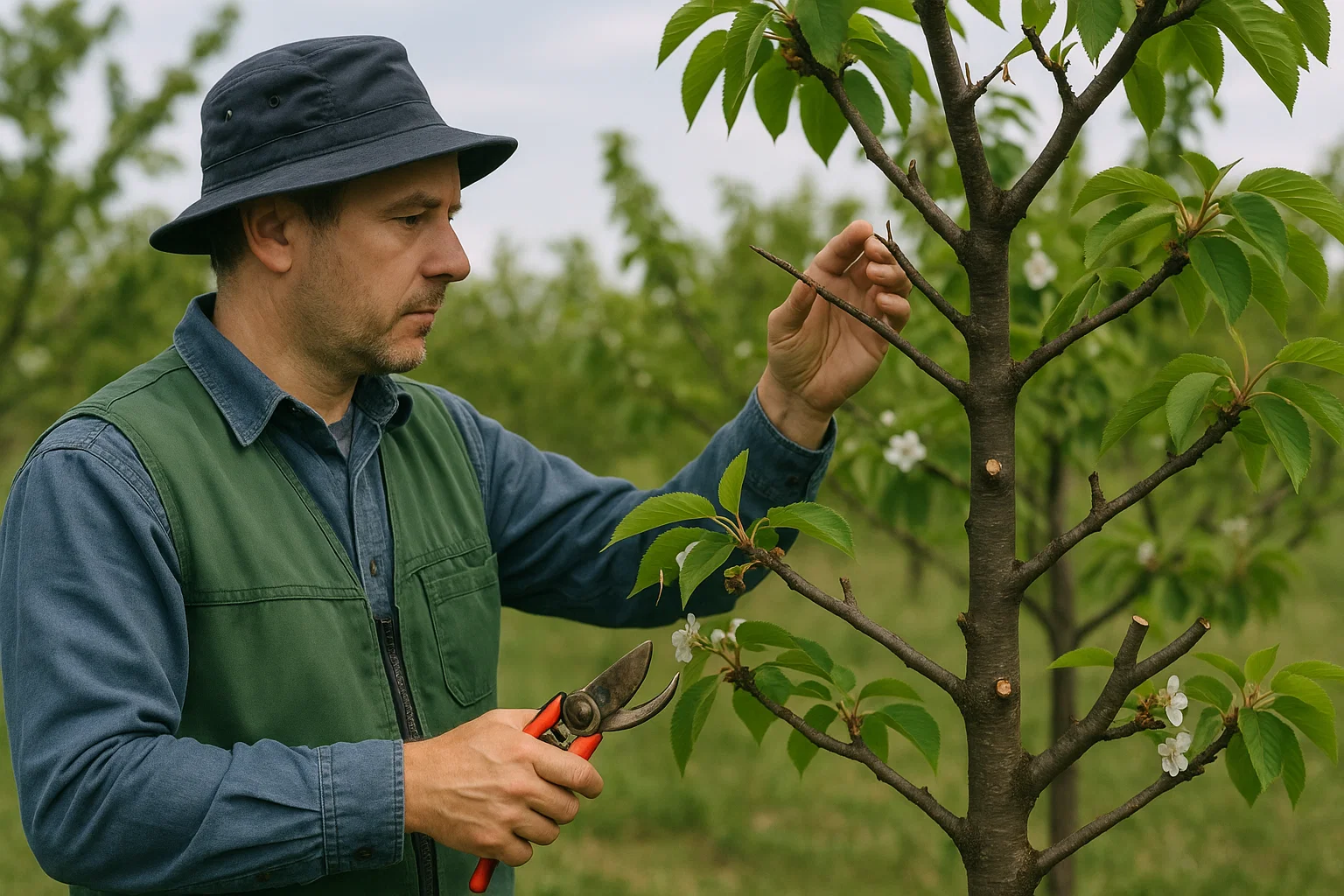
2. How to Prune Your Cherry Tree 🌳✂️
- Timing: Prune your cherry tree in late winter or early spring when it’s still dormant. This reduces the risk of attracting pests or diseases.
- Cutting Technique: Use sharp, clean pruning tools to make clean cuts. Always cut just above a bud or branch junction, and avoid leaving stubs, which can invite pests.
- Shape the Tree: Aim for an open center with evenly spaced branches to allow sunlight and air to reach all parts of the tree.
🔍🌿 3. Regular Monitoring for Early Detection 🌿🔍
Frequent inspections are key to catching pest problems before they escalate. Check your tree every week, especially during the growing season, for signs of insects or damage. Look for:
- Sticky residue (honeydew) on leaves or branches, indicating aphid activity.
- Chewed or missing leaves, a sign of beetle damage.
- Visible insects like aphids, mites, or beetles.
- Discoloration or wilting leaves, which could signal pest infestation or disease.
4. Acting Quickly 🚨
If you spot pests or signs of damage, address the issue promptly to prevent it from spreading. The earlier you act, the easier it is to protect your tree from serious harm. Whether it’s using a natural solution like neem oil or applying a targeted pesticide, quick action ensures your cherry tree stays healthy.
By regularly pruning and monitoring your cherry tree, you create a strong defense against pests and help ensure a thriving, pest-free tree. Understanding how to protect your cherry tree from aphids and other insects plays a vital role in maintaining its health and resilience.🌳✨
🚫🌳 Common Mistakes to Avoid When Protecting Your Cherry Tree 🌳🚫
Protecting your cherry tree from pests requires careful attention, and avoiding common mistakes can make all the difference. Here are some pitfalls to watch out for:
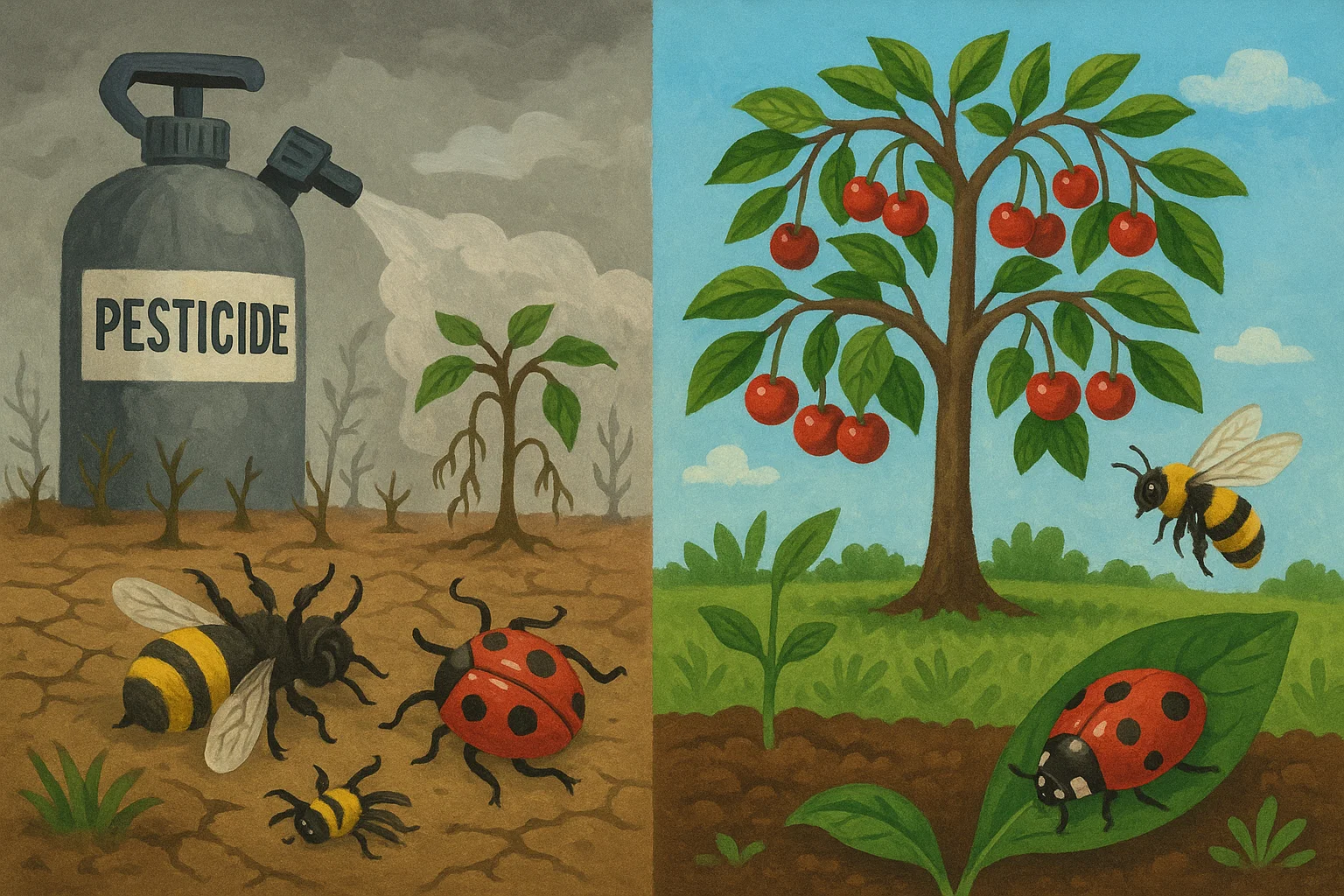
🧴 1. Overusing Pesticides 🧴
While pesticides can be effective, using them too often can harm your tree and the environment. Overuse can kill beneficial insects like bees and ladybugs, disrupt the natural ecosystem, and even make pests resistant to chemicals. Always follow the label instructions and opt for organic methods when possible.
👀 2. Ignoring Early Signs of Infestation 👀
Catching pests early is key to preventing severe damage. Don’t wait for an infestation to worsen before taking action. Regularly inspect your tree for pests or damage and address issues as soon as you notice them. The sooner you act, the easier it will be to manage the problem.
🌱 3. Neglecting Tree Care 🌱
Pest control isn’t a substitute for good tree care. Failing to water, fertilize, and prune your cherry tree can weaken its natural defenses, making it more susceptible to pest infestations. A well-cared-for tree is much more likely to resist pests and diseases.
✂️ 4. Pruning at the Wrong Time ✂️
Pruning at the wrong time, such as during the growing season, can attract pests or harm the tree. The best time to prune is during the tree’s dormant period (late winter or early spring). This prevents attracting pests and gives your tree a fresh start for the growing season.
❌ 5. Using the Wrong Pest Control Method ❌
Not all pest control methods work for every type of pest. Using the wrong method can be ineffective or even harmful. For example, using a pesticide that targets one pest might harm beneficial insects or other animals. Always research the best pest control solutions for the specific pests affecting your tree.
By avoiding these common mistakes, you can better protect your cherry tree from pests and ensure it remains healthy and productive. Learning how to protect your cherry tree from aphids and other insects is essential for maintaining its long-term health and fruit yield.🌳💚
🌸🌳 Final Thoughts 🌳🌸
Caring for your cherry tree doesn’t have to be complicated—just consistent. By understanding common pests, using natural or chemical treatments wisely, and taking simple preventive steps, you can keep your tree healthy, happy, and full of delicious fruit. 🍒💚
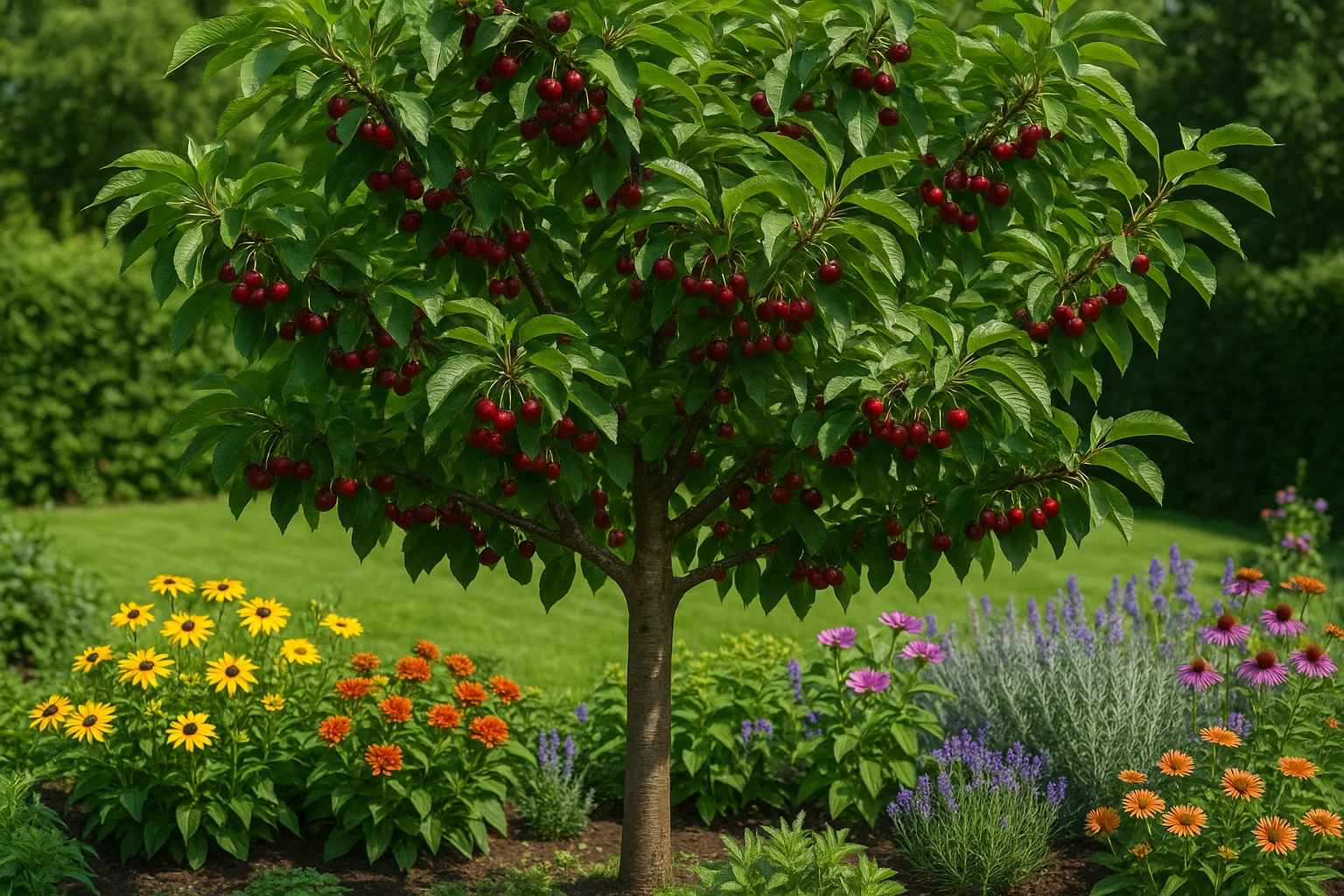
Remember, the key to how to protect your cherry tree from aphids and other insects lies in regular monitoring, smart pruning, and building a pest-friendly garden ecosystem. Whether you’re a beginner or a seasoned gardener, these tips will help you grow a strong and vibrant cherry tree year after year. For more insights on how to protect your cherry tree from aphids and other insects, explore methods that combine natural predators, neem oil sprays, and strategic companion planting.
Happy growing! 🌿😊
Frequently Asked Questions (FAQ)
What are aphids, and why are they harmful to cherry trees?
Aphids are small insects that suck sap from cherry trees, weakening the plant and potentially spreading diseases.
How can I tell if my cherry tree has aphids?
Look for curled, yellowed leaves, sticky residue (honeydew), and visible clusters of small insects on the underside of leaves.
What natural methods can I use to get rid of aphids?
Introduce beneficial insects like ladybugs, or use a strong spray of water to dislodge aphids. Neem oil and insecticidal soap are also effective.
How can I prevent aphids from infesting my cherry tree?
Regularly inspect your tree, keep it healthy with proper care, and encourage natural predators like birds and ladybugs.
Are there other insects that threaten cherry trees?
Yes, pests like spider mites, caterpillars, and cherry fruit flies can also harm your tree by feeding on leaves or fruit.
How do I protect my cherry tree from other insects?
Use physical barriers like netting, apply organic insecticides, or prune affected branches to reduce pest attraction.
When should I apply pest control treatments to my cherry tree?
It’s best to treat your tree early in the season before pests multiply. Regular monitoring throughout the growing season is key.
Can aphids harm the fruit on my cherry tree?
Yes, aphids can stunt fruit development and cause misshaped, smaller cherries. Long-term infestations may lead to poor fruit quality.
